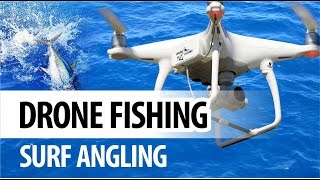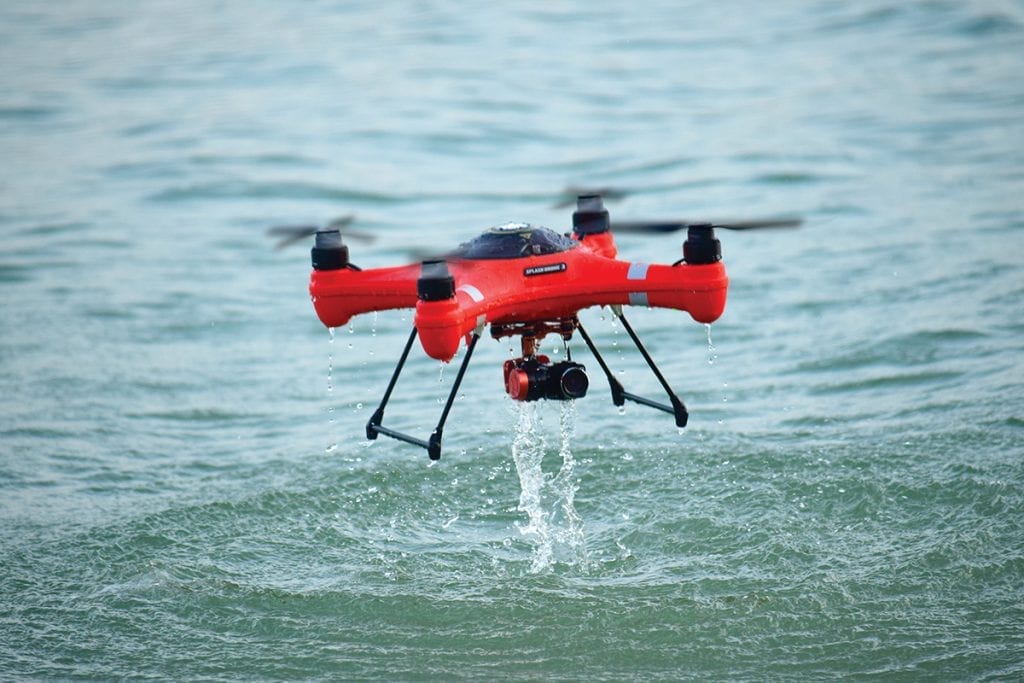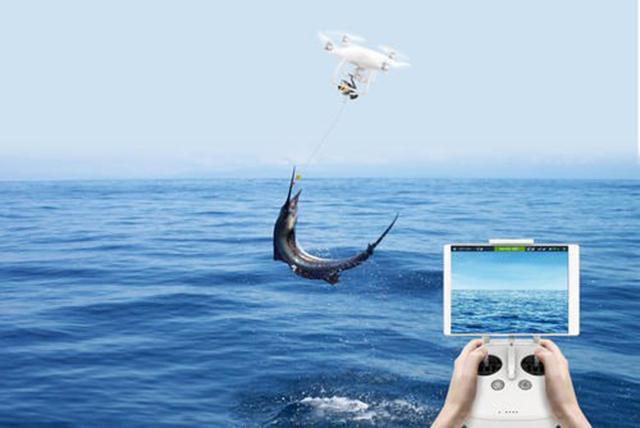
New Zealand's drone fishing has become a popular fishing method. This new method uses the most recent drone technology, opening up new possibilities for fishing. Drone Fishing NZ, a top retailer, offers the DJI and Splash drones for purchase. Splash drones, GoFish and custom-built fishing rods are also available.
Aerokontiki Drones
A Sharkan Fishhawk fishing drone is a great way to get a better view of what you are doing. This drone's camera is stabilized and shoots 12-megapixel photos and 4k UHD videos at 30 frames per second. You can view the videos from your smartphone. The drone can fly for up to 23 minutes and has a spare battery. It also has good transmission range.
Mobula
Mobula drones have been specifically designed for fishing. The drone is buoyant and IP56-rated, which means it can survive in up to 20 knots of wind. It also includes safety features such an automatic return home, automatic release of payload, and three release methods. Your drone will automatically return back to the water when its battery goes flat. This means you won't have any worries about it getting lost.
Banks'
The popularity of fishing drones has increased, drawing the attention of anglers as much as those who are interested in it. However, the use of a drone has come with its own set of problems. A drone is not suitable to fish in too deep waters. If a drone crashes in the exact same place again, it can pose a problem. If that happens, you can't always trust the information you get from the video.

SplashDrone 4
For the ultimate in water sports and recreational use, Swellpro has created the waterproof SplashDrone 4 drone with a brand-new float platform. The drone can be used for fishing parties or other water-related activities. It is made from corrosion-resistant materials, as well as industrial-grade ABS to withstand the most severe conditions. Smooth+, the SplashDrone 4's unique flight control system, gives you complete control of the drone and helps to keep it stable in all conditions. The drone's advanced technology allows it capture every angle and every moment in the sky.
Drones for Fishermen
New Zealand Fisherman Drone Fishermans are in for an amazing treat. Snapper are a prized species for drone fishing enthusiasts. Snapper are also beautiful and delicious to catch. They can be found along the North and South coasts of the South islands. You'll be able to catch these fish throughout the summer months, as well, as they are plentiful in the fall.
Flying a drone
There are a few things you can do to make your drone fishing trip in New Zealand a success. You must be familiar with the law. It's illegal to fly a drone over any marine life or within 500 meters of a marine mammal. Be aware of your surroundings, and you won't want to lose your expensive drone.
Payload for a drone
The payload of a drone that you use for fishing is something you should be aware. You will need to find a drone with a payload capacity to carry heavy fish and enough endurance to fly for a long time. If you plan on using your drone only for a few minutes, chances are you won't catch enough fish to make it worthwhile. New Zealand's drone fishing technology is improving.

FAQ
What drone is the best for beginners?
The DJI Phantom 2 Vision+ is one of the popular beginner drones available today. The DJI Phantom 2 Vision+ comes with a 4K camera that allows you to capture high-quality aerial shots and videos. You can easily navigate this drone using its built-in GPS system.
Can I fly my drone indoors without a license?
Yes, you can fly your drone indoors. It is important to make sure there are no hazards or obstacles in your home. For instance, avoid flying near windows and doors, heating vents, heating units, air conditioning units, electrical outlets or water pipes.
What laws apply to drones flying above private property?
Recently, the FAA issued new rules regarding commercial drone flight. These rules apply only to UAVs weighing less than 55 pounds and flying below 400 feet above ground level. Commercial operators must register with the FAA and obtain a license from the agency. Local authorities must also approve them if they are operating near airports or in other restricted areas.
What US states have drones made legal?
You can legally operate a drone for hobby purposes. The Federal Aviation Administration (FAA), established guidelines that allow individuals to fly small unmanned aircraft systems. Before UASs can be flown, they must be registered with FAA. If certain conditions are met the FAA will allow commercial operators to fly these drones.
Statistics
- Research and Markets predict a growth rate of 51.1% over the next five years. (thedroneu.com)
- According to the multiple listing service (MLS), houses and apartments with drone photographs are up to 68 percent more likely to sell than those without pictures. (thedroneu.com)
- With the top 10% making over $100/h and the bottom 10% making as low as $10/h. (dronesgator.com)
External Links
How To
How to Fly Drones for Beginners
A drone can be used to fly remotely controlled aircraft for photography, surveillance, scientific research, hobby and commercial purposes. Drone technology has existed since World War II. DJI's Phantom series of quadcopters was the first to be commercially used. There have been many types of drones since then, including beginner-friendly drones like the Parrot AR Drone 2.0 and professional-grade multi-rotor crafts like the DJI Mavic Pro.
There are many methods to fly a Drone, including
-
Remote control: This uses a remote control device that attaches to your hand and allows you control the drone along its flight path. There are two main types: Joysticks (like a radio), and On/Off switches (like an alarm clock).
-
Manual Control – This allows remote operation of the drone via GPS coordinates using a smartphone application. The app will provide instructions and help you to locate the drone.
-
Autonomous Flight: This means that the drone will take care of all the piloting. It allows the drone to fly independently without any human intervention. The drone must be equipped with a camera and sensors that can capture images and data in order to fly autonomously.
-
Triggered Flight - This method is similar to manual control, except the pilot manually sets up a preprogrammed route, and the drone follows that route until it reaches the endpoint. After the program is complete, the drone automatically returns to the ground.
-
Landing Gear- Some drones include landing gear that allows for safe landing if the power goes out or they run out of batteries.
-
Goggles: Some pilots use goggles in order to protect themselves against debris when operating.
-
Camera – Some drones have cameras, which allow you to take photos or videos from up high.
-
Obstacles – Some drones have obstacle avoidance systems that stop them from colliding with obstacles.
-
Speed - Drones can reach speeds up to 40 mph.
-
Battery Life - Most drones last between 20 and 3 hours depending on how much power they have.
-
Range - Some drones can travel upto 30 miles depending on their models.
-
Power source: Some drones will require an external power source while others can be powered by internal batteries.
-
Weight - Some drones are lighter than others, while some models can weigh as much as 4 pounds.
-
Size - Drones range from small devices that fit in one's palm to large crafts that weigh more than 50 pounds.
-
Price - Drones come in a variety of price categories, including high-end models which can run into the thousands and low-cost options that can start at $100.